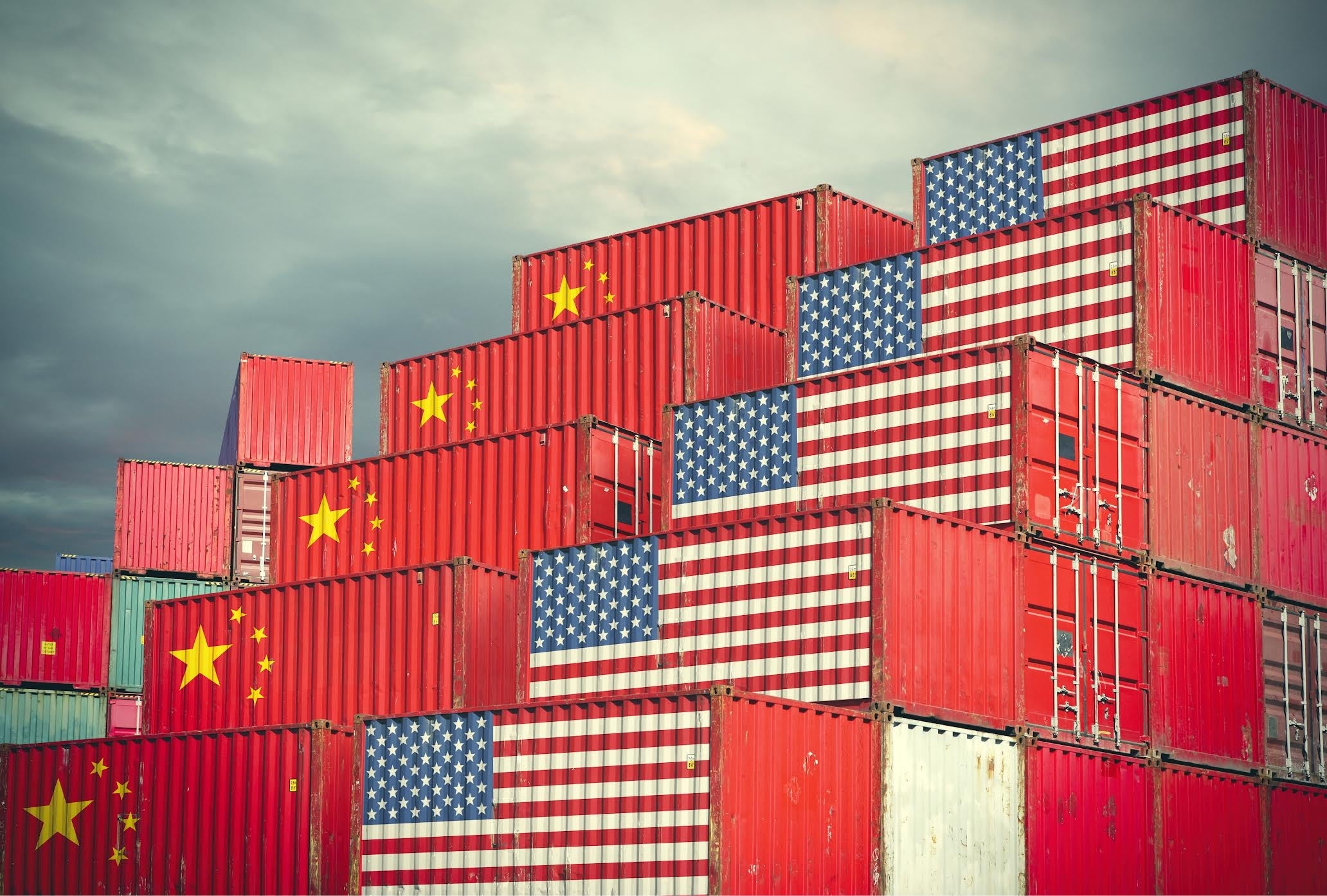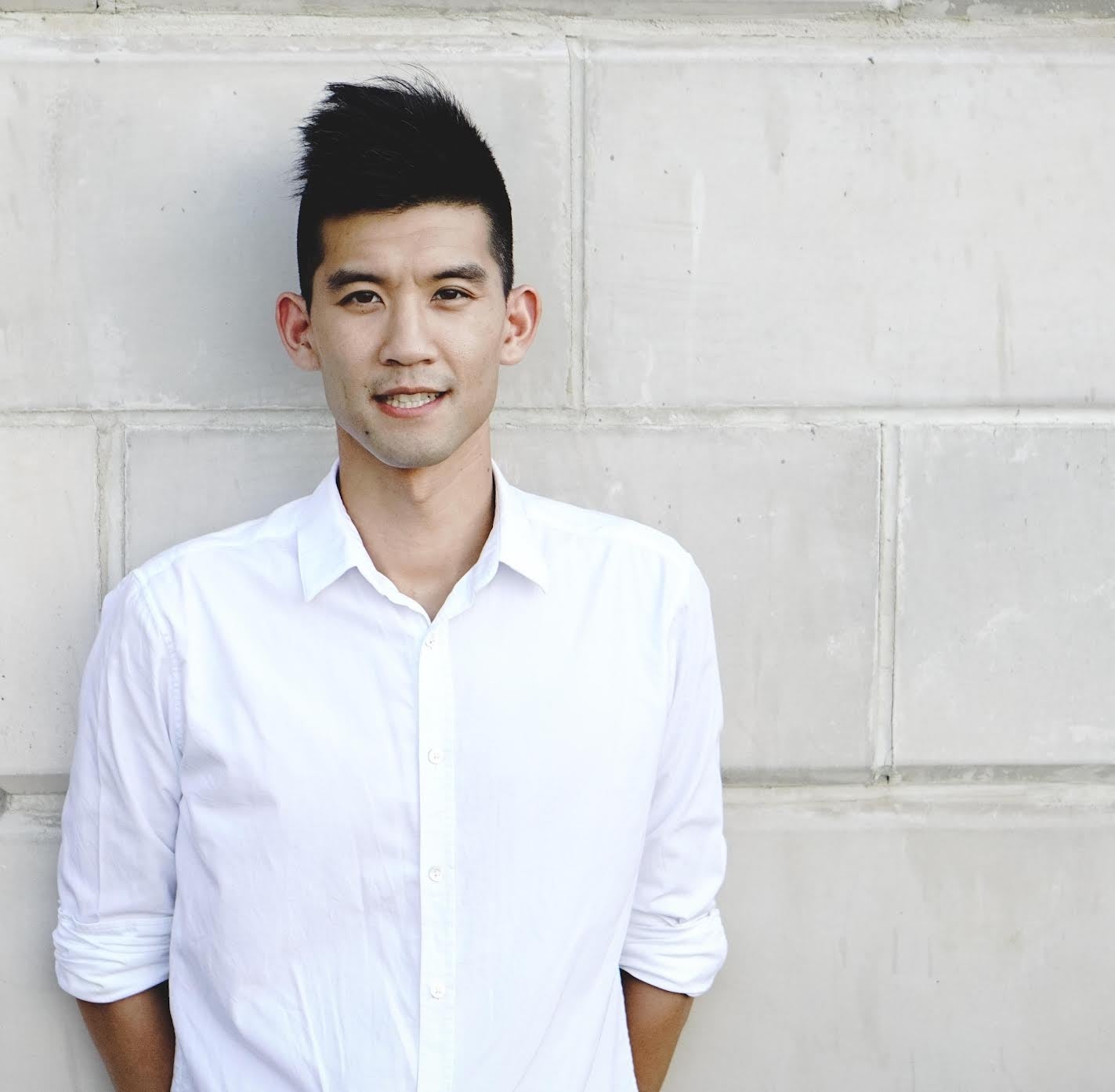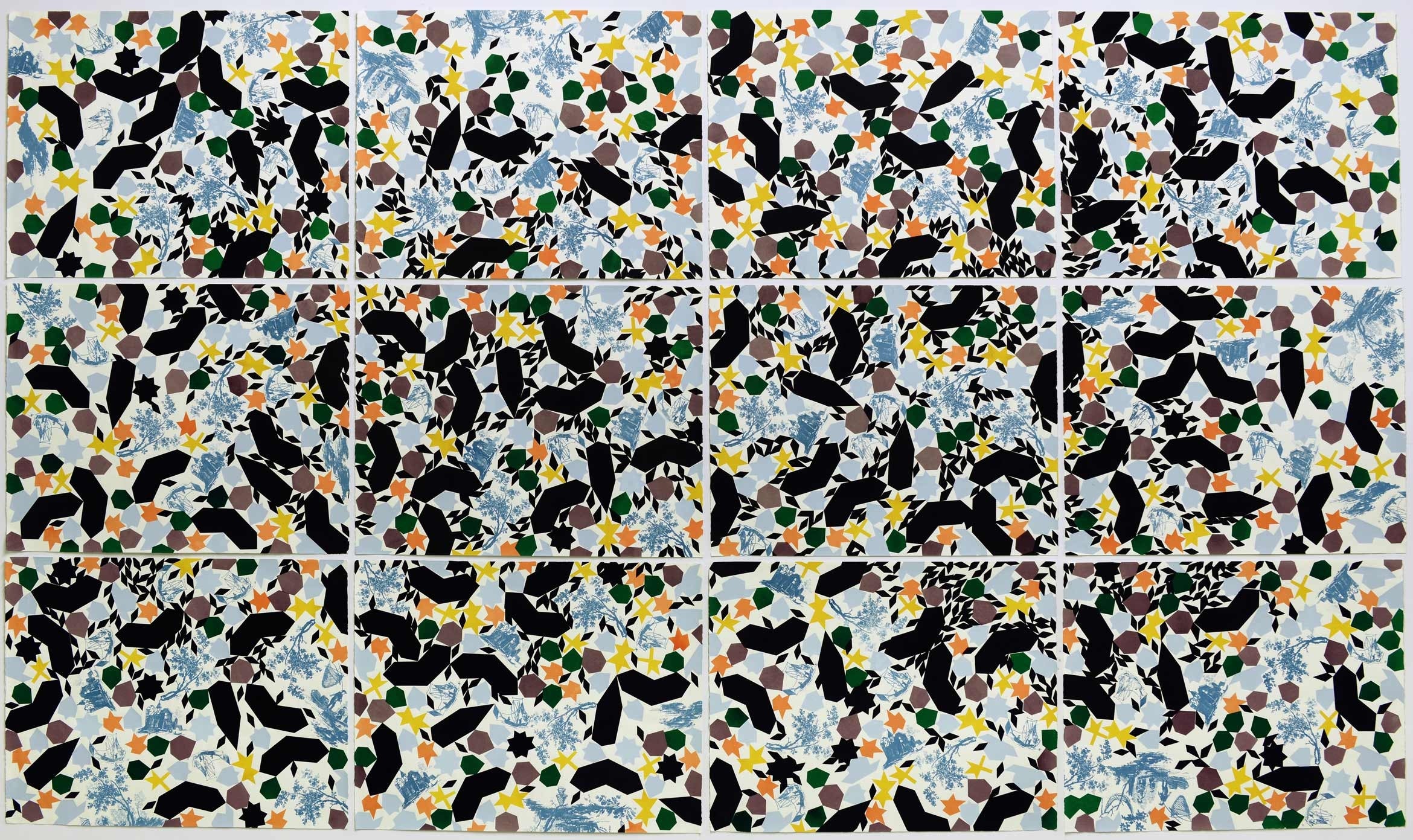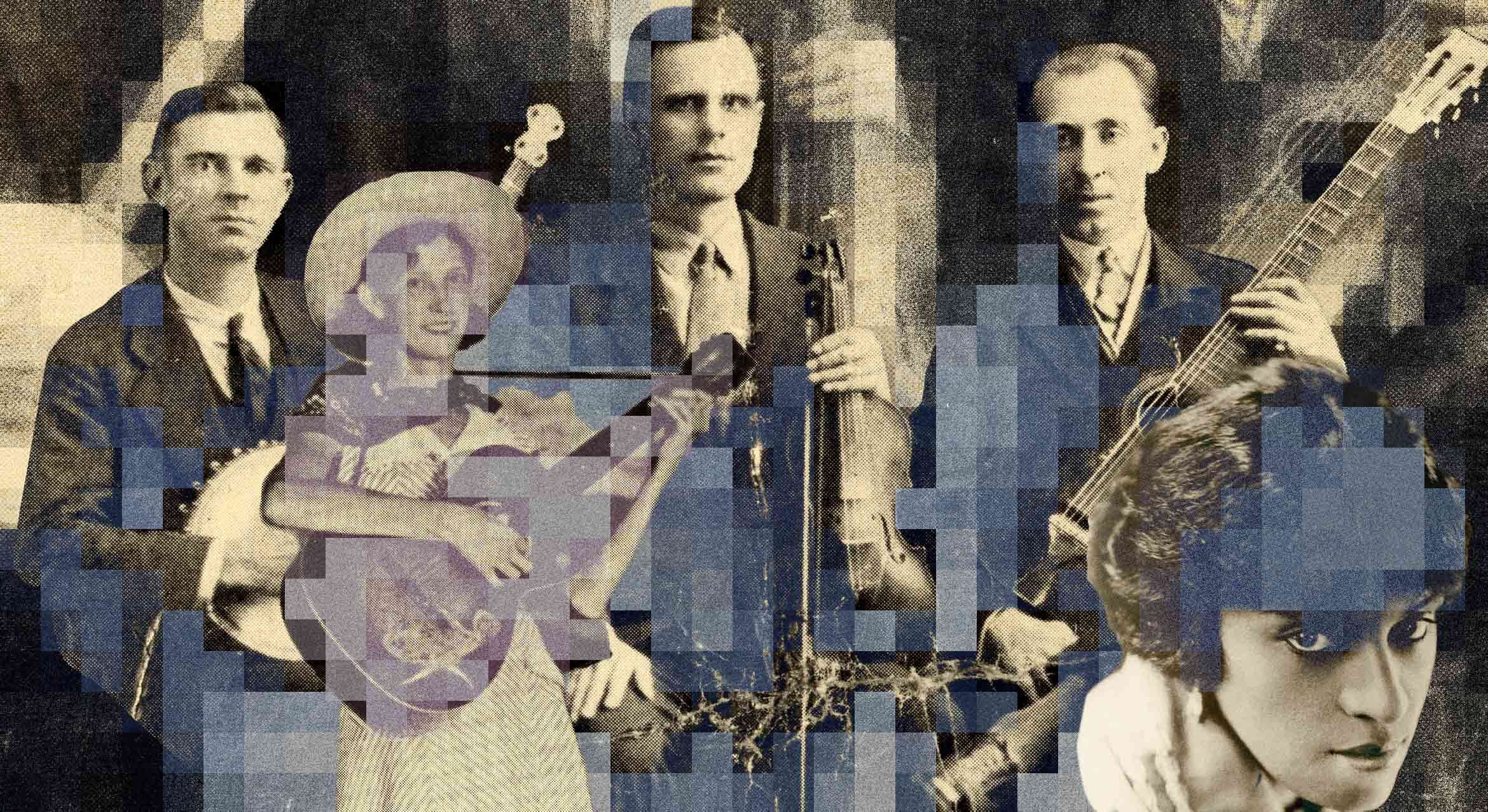East Asia Center lecture will feature expert on US-China relations

The inaugural China lecture hosted by UC Santa Barbara’s East Asia Center will feature Andrew B. Liu (pictured below), associate professor of history at Villanova University and author of “Tea War: A History of Capitalism in China and India” (Yale University Press, 2020).
Exploring current U.S.-China hostilities framed within the Asian country’s transformation in recent decades from a developing socialist nation to a capitalist superpower, Liu’s talk, “End of an Era? China's Changing Place in the World Market,” will be held 4–6 p.m.,Thursday, May 18 at the Social Sciences & Media Studies building, room 2135. The event is free and open to the public.
“Liu is a leading global and comparative scholar of the history of capitalism and imperialism” said Jia-Ching Chen, UCSB assistant professor in the Department of Global Studies and an expert on China’s role in shaping the global green economy. “As conflict leads to polarization and reductive ways of seeing national interests, Liu’s expertise allows us to better understand what has come to shape China’s political economy, domestically and internationally.”

The event is organized by the East Asia Center with support from the donor-sponsored China Understanding and Peace Fund.
Keith Hamm
Social Sciences, Humanities & Fine Arts Writer
keithhamm@ucsb.edu



